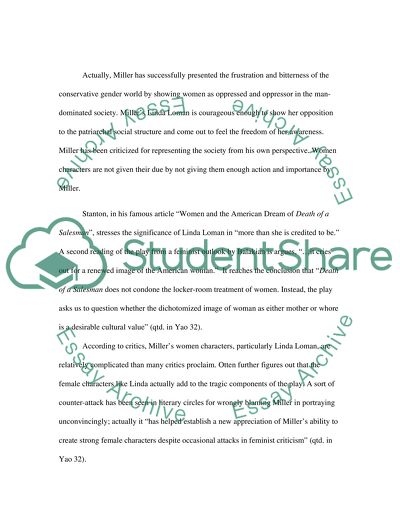Cite this document
(“Importance of Gender in Millers Death of a Salesman Book Report/Review”, n.d.)
Importance of Gender in Millers Death of a Salesman Book Report/Review. Retrieved from https://studentshare.org/literature/1464483-research-essay
Importance of Gender in Millers Death of a Salesman Book Report/Review. Retrieved from https://studentshare.org/literature/1464483-research-essay
(Importance of Gender in Millers Death of a Salesman Book Report/Review)
Importance of Gender in Millers Death of a Salesman Book Report/Review. https://studentshare.org/literature/1464483-research-essay.
Importance of Gender in Millers Death of a Salesman Book Report/Review. https://studentshare.org/literature/1464483-research-essay.
“Importance of Gender in Millers Death of a Salesman Book Report/Review”, n.d. https://studentshare.org/literature/1464483-research-essay.


